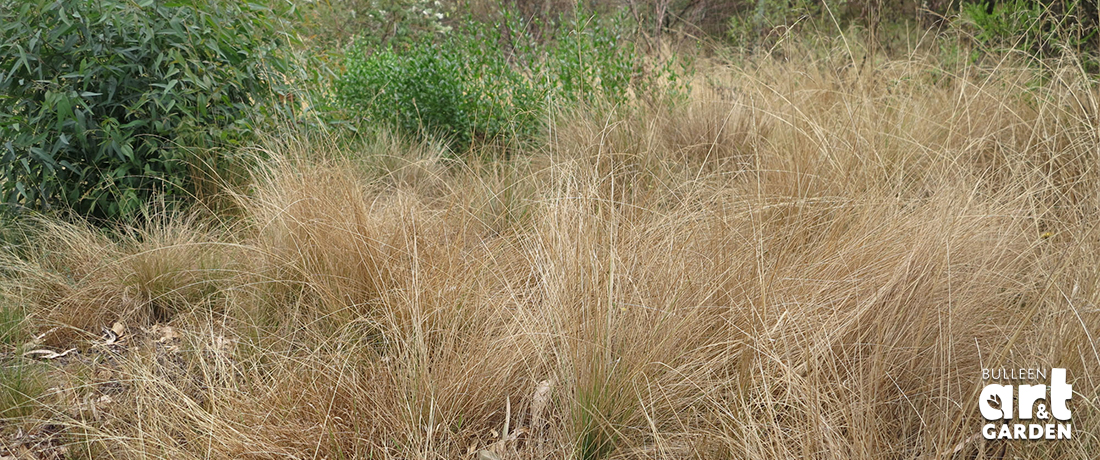
We sometimes speak to customers who are a little confused about what exactly an indigenous plant is. Yes, they are all Australian Natives, however the definition is a little more detailed. Specifically, indigenous plants are those that occur naturally in your local area. Obviously this term will refer to different plants according to where you live.
Indigenous plants are unique because they are perfectly suited to the environment that they belong to. This means that they can usually survive on local rainfall patterns and thrive in the local soil. Since white settlement, vast areas of indigenous habitat have been removed or out-competed by exotic plants. Indigenous plants look great and are a very important food source for a wide range of local fauna. If you are looking to establish a garden in sync with the local environment, indigenous plants are an ideal choice.
We should plant indigenous species in order to:
- Provide habitat, shelter and food for our local wildlife
- Help preserve your area’s local plants
- Save water (and money)
- Enhance wildlife corridors and provide links between fragmented and otherwise isolated areas
- Contribute to the distinctive local character of an area
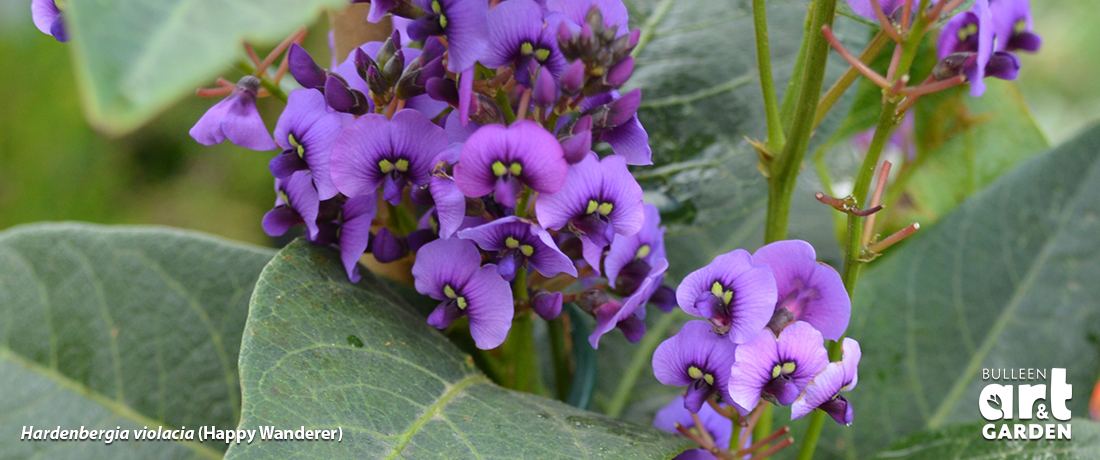
How to use indigenous plants
You can use indigenous plants in the same way you use exotics or other natives. They can be used in formal or informal gardens, mass planted for greater impact and a modern look or mixed in with existing plants to add different colours and textures. There is an indigenous species for most garden situations, with choices of groundcovers, shrubs, climbers, trees, wildflowers and grasses. There are even shrubs to make hedges and borders. Indigenous plants can also make great pot specimens. Small shrubs can be planted with ground cover species to tumble over the edges.
Caring for your indigenous plants
Planting should preferably be done in the cooler months of the year: autumn, winter or early spring. There is usually a higher rainfall in these months which will reduce the need for watering. Plant your new tubes as soon as possible after purchase to avoid under or over watering. This will also help the plants to develop a healthy root system and promote vigorous growth.
It is important to choose the right spot for your new plant. If you can, find out where the plant grows naturally. For example, does it exist in the dappled shade of an open forest, in the full shade of a gully, or in the full sun on a grassy plain? This will help to give your new plant the right aspect, with the correct amount of sun it needs to grow. Knowing what sort of soil moisture and drainage the plant likes in the wild also helps in placing your plant in the correct location in your garden.
Planting
If planting in the ground, loosen the soil to the same depth as the pot and twice as wide. This allows the root system to spread without much difficulty. Place the plant in the created hole making sure that the top of the soil from the pot sits level with the top of the soil in the ground. Back fill the hole and firm the soil down around the plant.
Indigenous plants have evolved on the local un-amended soils. No soil improvement should be necessary if the correct plants have been chosen. Improving the soils will, however, give your new plant an easier time of it. For example if there is heavy clay the addition of a little gypsum will help to break it down. The addition of some well composted organic material like a simple (no added nutrients) potting mix will break the soil up and increase the porosity.
Watering
Water the new plant in well. For the first summer the new plants may have to be watered regularly, just keep your eye on the forecast and water daily during long periods of low rainfall or high heat. They will benefit from a deep watering once a week. Once established, they should be able to cope with the local rainfall.
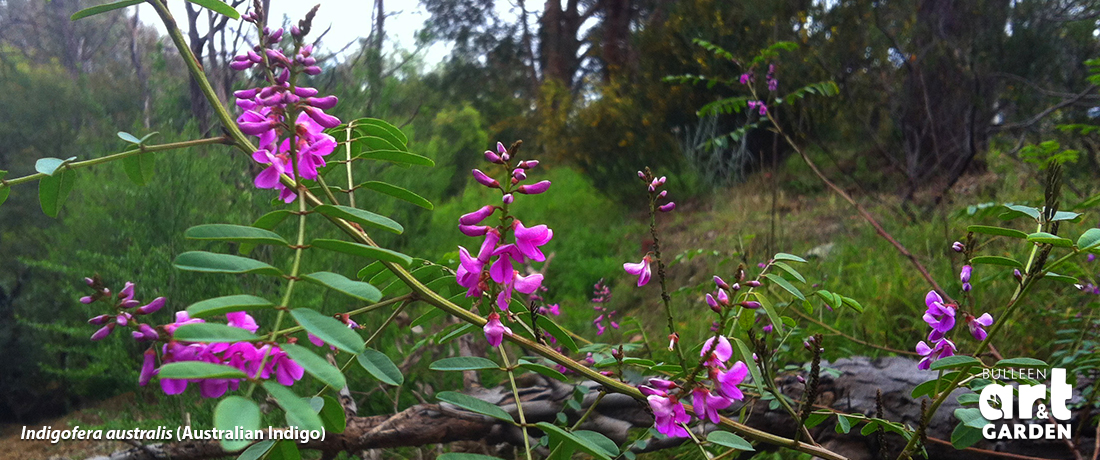
Mulching
Mulching will conserve water by reducing evaporation. It will also enhance root density and aid in weed suppression. The mulch should be well composted as the composting process consumes soil nitrogen at the expense of plant growth. When applied, it should be between 7.5 – 10cm deep and should be kept away from the plant stems, as this can cause rot. Bulleen Art & Garden has a range of suitable mulches. Fine gravel and coarse river sand are also excellent and have the advantage over organic mulches as they don’t break down.
Fertilising
Fertilising is generally not needed. If you decide to fertilise, mix a low-phosphorous, slow release fertiliser such as Osmocote for natives sparingly with soil as you backfill the hole when planting. Fertilising is not needed after this. High phosphorous fertilisers can harm some natives, so if you are unsure what fertiliser to use, ask the trained staff at Bulleen Art & Garden for advice.
Pruning
They will appreciate a light trim after flowering to promote new growth, increased flowering and a fresh look. Regular pruning imitates the natural process of fauna eating the tips off trees and shrubs.
Staking
Staking is not necessary unless the plant is in real danger of toppling over. A plant should only be staked for 1 year, and it should be done lightly so the plant is still able to ‘feel’ some movement. This will help promote the root growth it needs to stabilise itself.
Caring for indigenous plants in pots
A little more care needs to be taken of plants in pots even if they are indigenous. In a pot, the plants have no way of sourcing their own water or nutrients. They are at your mercy. Therefore, in summer, they may need to be watered more often and twice a year in spring and summer they should be fertilised with a low phosphorous fertiliser. It should be remembered that potting mix is not what these plants have evolved in, so a very basic potting mix should be used. The plants may need to be repotted in the future too.
Replacing plants
As indigenous species can have a shorter life span, regeneration of garden plants is part of maintenance. Some old plants may be pruned back hard to help them regenerate. Replace plants as they finish or if allowed to become old and straggly. Simply break up the old plants and leave them on top of the garden bed as mulch where they will gradually break down. This will replenish the soil with organic matter and nutrients, thereby benefiting the soil’s structure and health. There may also be a chance, given the right conditions that the plants self seed to produce the next generation.
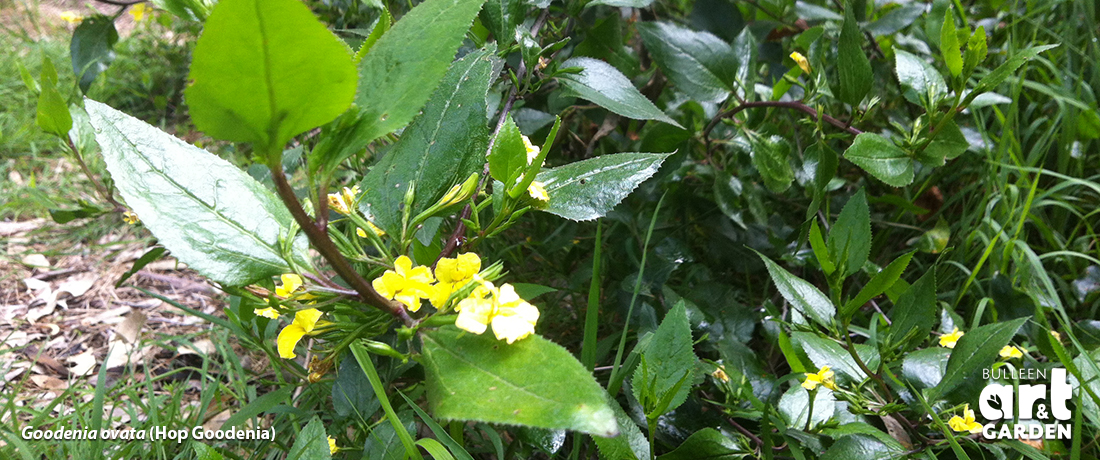
Flora for fauna
Watching birds and animals play in the backyard adds a special dimension to the garden. Just by planting local species, you will attract the local fauna. You may also consider the following:
- Provide some water in the form of a pond or birdbath
- Plant thickly and prickly to provide nesting places and protection for birds
- Choose a variety of plants that will provide different food sources. For example, flowers for nectar feeding birds, and seed and fruit producing plants
- Leave logs and sticks on the ground to provide habitat for lizards and insects
Information about indigenous plants from your area
Bulleen Art & Garden can provide you with information about plants from our area and we have a selection of indigenous tubes available including water plants, however keep in mind that our range of indigenous plants are sourced according to our local area. If you live elsewhere in Melbourne your best starting point would be your local council. Most local councils have produced booklets and plant lists with great information and pictures of indigenous plants. Flora of Melbourne written by SGAP (Society for growing Australian plants) is also a very useful reference book.
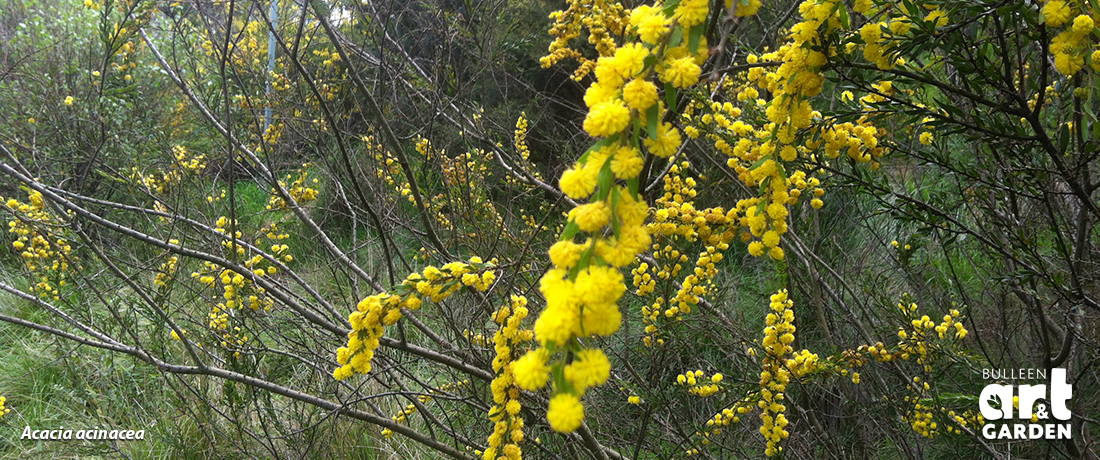
What to plant
Choosing plants will depend on your needs and the conditions at your site. Due to the specific nature of indigenous plants and the possible wide readership, we are hesitant about writing a list of possible plants… however the following list covers some of the indigenous tubes that can often be found here at Bulleen Art & Garden.
Trees
Acacia implexa, Acacia mearnsii, Allocasuarina verticillata, Eucalyptus leucoxylon, Eucalyptus melliodora, Bursaria spinosa var spinosa, Melaleuca ericifolia, Acacia melanoxylon
Tall shrubs
Hymenanthera dentata, Pomaderris aspera, Kunzea ericoides, Leptospermum lanigerum, Callistemon sieberi, Acacia paradoxa, Coprosma quadrifida, Indigofera australis, Prostanthera lasianthos var. lasianthos, Leptospermum lanigerum, Ozothamnus ferrugineus
Medium shrubs
Correa glabra, Acacia acinacea, Dodonaea viscosa, Spyridium parvifolium, Pultenaea daphnoides, Grevillea rosmarinifolia,
Small shrubs
Dillwynia phylicoides, Goodenia ovata, Pultenaea gunnii, Pimelia glauca, Acacia gunnii, Calocephalus sp., Senecio sp.
Ground covers
Kennedia prostrata, Viola hederacea, Brachycome diversifolia, Brachycome multifida, Chrysocephalum apiculatum, Dicondra repens, Pratia pedunculata, Pultenea pedunculata, Einadia nutans ssp. nutans, Pycnosorus sp.
Climbers
Pandorea pandorana, Clematis microphylla, Hardenbergia violacea, Billadiera scandens, Glycine clandestina
Grasses
Microleana stipioides, Poa sp., Themeda triandra, Lomandra longifolia, Austrodanthonia sp., Stipa semibarbata
Wildflowers
Bulbine bulbosa, Dianella tasmanica, Arthropodium strictum, Stylidium gramminifolium, Pelargonium australe
Aquatic and semi-aquatic plants
Myriophyllum crispatum, Marsilea drummondii, Isolepis nodosa, Juncus gregiflorus, Ranunculus inundatus
Environmental weeds
Avoid using natives that are environmental weeds. For example Acacia longifolia (Sallow wattle), Acacia baileyana (Cootamundra wattle), Acacia decurrens (Early black wattle) and Pittosporum undulatum (Sweet pittosporum). If you already have these or other exotic weeds (Please ask staff at Bulleen Art & Garden for an extensive weed list) in your garden you should consider removing them for the sake of our remnant bushland.
